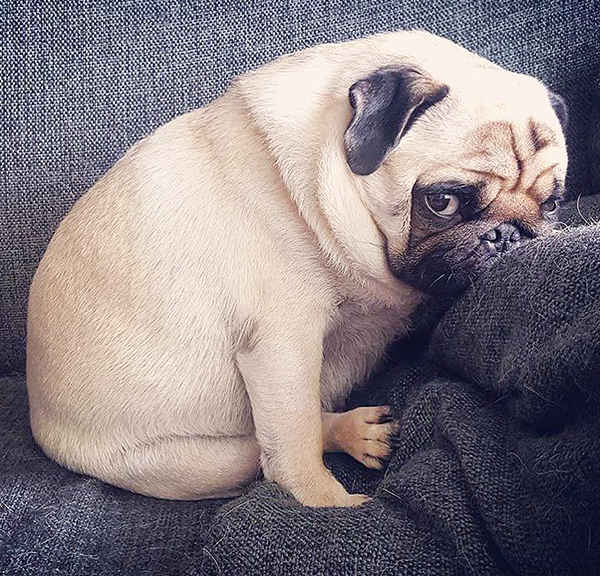Why Pugs are the worst?
“Why Pugs Are Not the Best Choice: Exploring Reasons and Facts”
Pugs, with their charmingly wrinkled faces and playful demeanor, might seem like the perfect companion. However, a closer look reveals several reasons why they might not be the best pet option. Let’s delve into the various factors that contribute to why pugs are not the ideal choice for everyone.

Health Concerns
Pugs are notorious for their numerous health issues, primarily stemming from their unique physical characteristics. Their flat faces, known as brachycephaly, can lead to respiratory problems, overheating, and difficulty regulating body temperature.
Additionally, their large, protruding eyes are prone to injury and infection. These health concerns often result in frequent visits to the veterinarian and substantial medical expenses.
Exercise Requirements
Despite their small size, pugs have moderate exercise needs. They require regular walks and playtime to maintain a healthy weight and prevent boredom-induced destructive behaviors.
However, their brachycephalic features can limit their ability to engage in vigorous physical activity, making it challenging to meet their exercise needs without risking their health.
Grooming Demands
Pugs have a short, double-layered coat that sheds year-round. While their grooming needs are relatively low compared to long-haired breeds, they still require regular brushing to minimize shedding and prevent matting.
Additionally, their facial wrinkles require frequent cleaning to prevent skin infections and odors, adding to the grooming demands.
Temperament Issues
While pugs are often described as affectionate and sociable, they can also exhibit stubbornness and independence. Training a pug requires patience and consistency, as they may be prone to stubbornness and selective hearing.
Moreover, their playful nature can sometimes border on hyperactivity, making them a handful for inexperienced owners.
Interesting information

- Pugs originated in China over 2,000 years ago, where they were cherished by Chinese emperors as prized companions.
- The wrinkles on a pug’s face were believed to resemble the Chinese character for “prince,” further adding to their regal reputation.
- Pugs gained popularity in Europe during the 16th century when Dutch traders brought them back from China.
- Famous historical figures Napoleon Bonaparte and Queen Victoria were known to be fond of pugs, further boosting their popularity.
- Pugs have been featured in various forms of media, including films, commercials, and even as the mascot for certain brands, thanks to their photogenic appearance and charming personality.
While pugs undoubtedly have their endearing qualities, potential owners should carefully consider the breed’s health concerns, grooming demands, exercise requirements, and temperament issues before welcoming one into their home.
Ultimately, responsible pet ownership involves choosing a breed that aligns with your lifestyle and capabilities, ensuring a happy and healthy life for both you and your furry companion.












